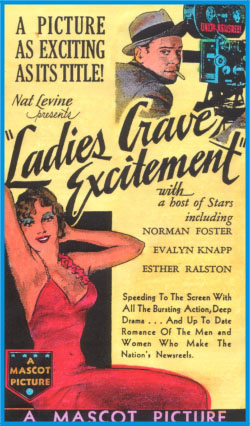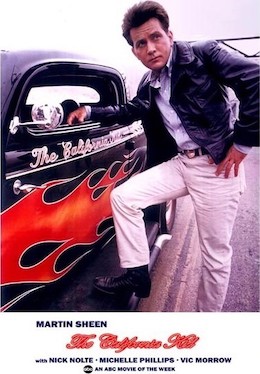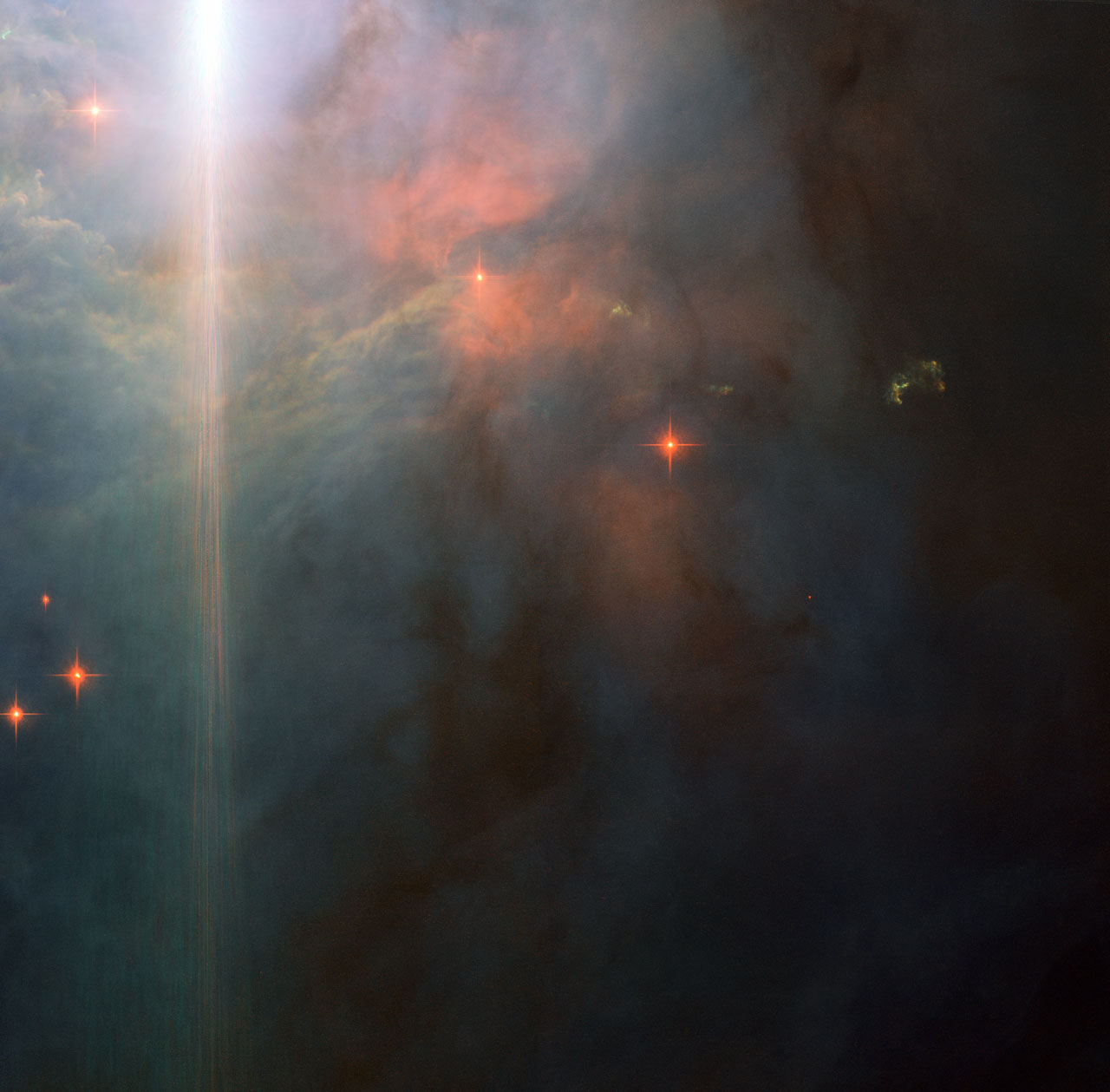See new, spectacular, or mysterious sky images.
-
bystander
- Apathetic Retiree
- Posts: 21577
- Joined: Mon Aug 28, 2006 2:06 pm
- Location: Oklahoma
Post
by bystander » Mon Jul 25, 2011 3:42 pm
Sunset Glow in Orion
ESA/HEIC Hubble Picture of the Week | 2011 Jul 25
The magnificent reflection nebula NGC 2023 lies nearly 1500 light-years from Earth. It is located within the constellation of Orion (The Hunter), in a prestigious area of the sky close to the well-known Flame and Horsehead Nebulae. The entire structure of NGC 2023 is vast, at four light-years across. This NASA/ESA Hubble Space Telescope picture just takes in the southern part, with the subtle shades of colour closely resembling those of a sunset on Earth.
NGC 2023 surrounds a massive young B-type star. These stars are large, bright and blue-white in colour, and have a high surface temperature, being several times hotter than the Sun. The energy emitted from NGC2023’s B-type star illuminates the nebula, resulting in its high surface brightness: good news for astronomers who wish to study it. The star itself lies outside the field of view, at the upper left, and its brilliant light is scattered by Hubble’s optical system, creating the bright flare across the left side of the picture, which is not a real feature of the nebula.
Stars are forming from the material comprising NGC 2023. This Hubble image captures the billowing waves of gas, 5000 times denser than the interstellar medium. The unusual greenish clumps are thought to be Herbig–Haro objects. These peculiar features of star-forming regions are created when gas ejected at hundreds of kilometres per second from newly formed stars impacts the surrounding material. These shockwaves cause the gas to glow and result in the strange shapes seen here. Herbig–Haro objects typically only last for a few thousand years, which is the blink of eye in astronomical terms.
This picture was created from multiple images taken with the Wide Field Camera of Hubble’s Advanced Camera for Surveys. Exposures through a blue filter (F475W) are coloured blue, exposures through a yellow filter (F625W) are coloured green and images through a near-infrared filter (F850LP) are shown as red. The total exposure times per filter are 800 s, 800 s and 1200 s, respectively, and the field of view spans 3.2 arcminutes.
Credit: NASA/ESA/Hubble
Zoomable Image
<< Previous ESA/HEIC POTW
Know the quiet place within your heart and touch the rainbow of possibility; be
alive to the gentle breeze of communication, and please stop being such a jerk. — Garrison Keillor
-
neufer
- Vacationer at Tralfamadore
- Posts: 18805
- Joined: Mon Jan 21, 2008 1:57 pm
- Location: Alexandria, Virginia
Post
by neufer » Mon Jul 25, 2011 5:21 pm
bystander wrote:Sunset Glow in Orion
ESA/HEIC Hubble Picture of the Week | 2011 Jul 25
<<NGC 2023 surrounds a massive young B-type star. These stars are large, bright and blue-white in colour, and have a high surface temperature, being several times hotter than the Sun. The energy emitted from NGC2023’s B-type star illuminates the nebula, resulting in its high surface brightness: good news for astronomers who wish to study it. The star itself lies outside the field of view, at the upper left, and its brilliant light is scattered by Hubble’s optical system, creating the bright flare across the left side of the picture, which is not a real feature of the nebula.>>
http://en.wikipedia.org/wiki/B_movies_%28The_exploitation_boom%29 wrote:
<<The B movie, whose roots trace to the silent film era, was a significant contributor to Hollywood's Golden Age of the 1930s and 1940s. As the Hollywood studios made the transition to sound film in the late 1920s, many independent exhibitors began adopting a new programming format: the double feature. The popularity of the twin bill required the production of relatively short, inexpensive movies to occupy the bottom half of the program. The double feature was the predominant presentation model at American theaters throughout the Golden Age, and B movies constituted the majority of Hollywood production during the period. The 1960s and 1970s mark the golden age of the independent B movie, made outside of Hollywood's major film studios. As censorship pressures lifted in the early 1960s, the low-budget end of the American motion picture industry increasingly incorporated the sort of sexual and violent elements long associated with so-called exploitation films.>>
Young B-movie type stars:



It was from small Mascot Pictures, but Ladies Crave Excitement (1935) still packed "Bursting Action, Deep Drama...And Up To Date Romance" into its 73 minutes. Supervising editor Joseph H. Lewis would soon become a prolific director of B Westerns. His later film noirs, including the independently produced Gun Crazy (1949), would become renowned.
Stony Brooke (Wayne), Tucson Smith (Corrigan), and Lullaby Joslin (Terhune) didn't get much time in harness. Republic Pictures' Pals of the Saddle (1938) lasts just 55 minutes, perfectly average for a Three Mesquiteers adventure.
The California Kid (1974), starring Martin Sheen, is one of the more notorious original films made for the ABC Movie of the Week. A wicked sheriff (Vic Morrow) takes sadistic delight in running speeders off and over the cliffside roads leading into his town. Can the Kid save the day?
Art Neuendorffer



